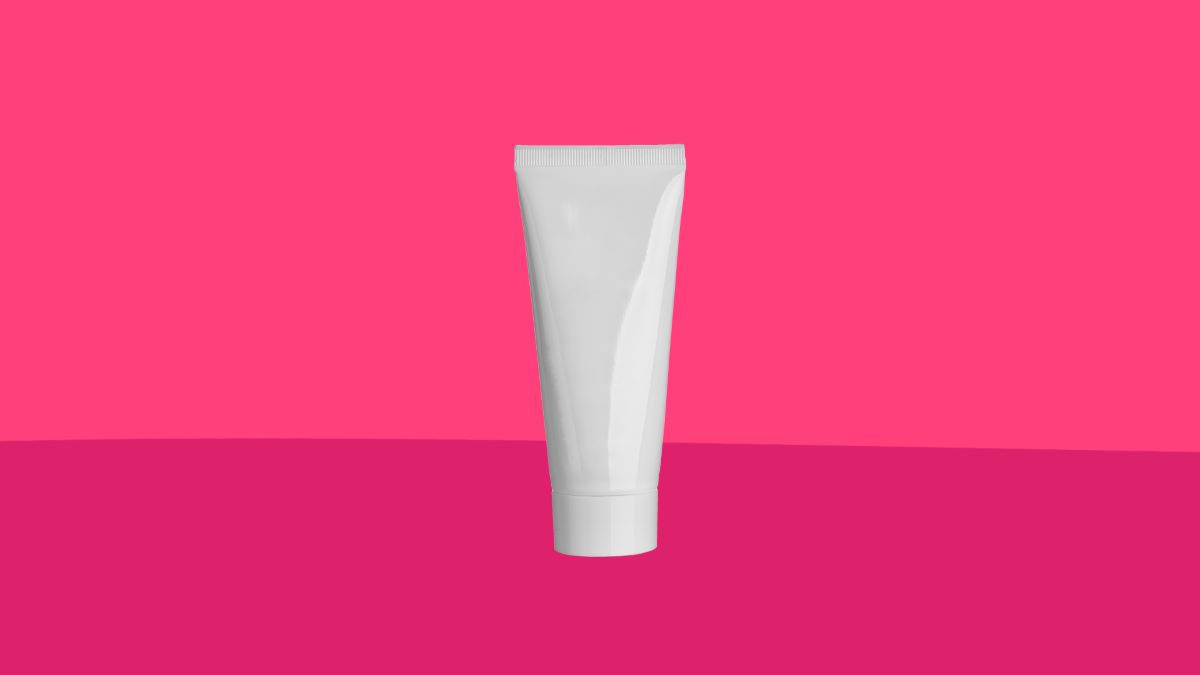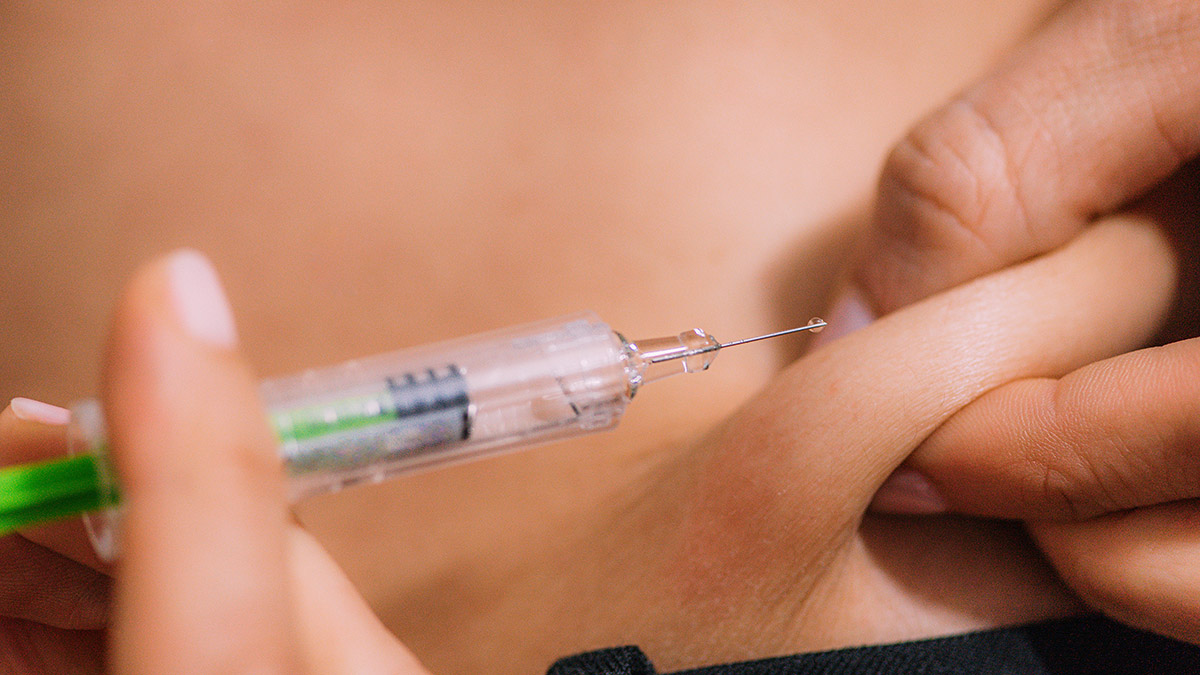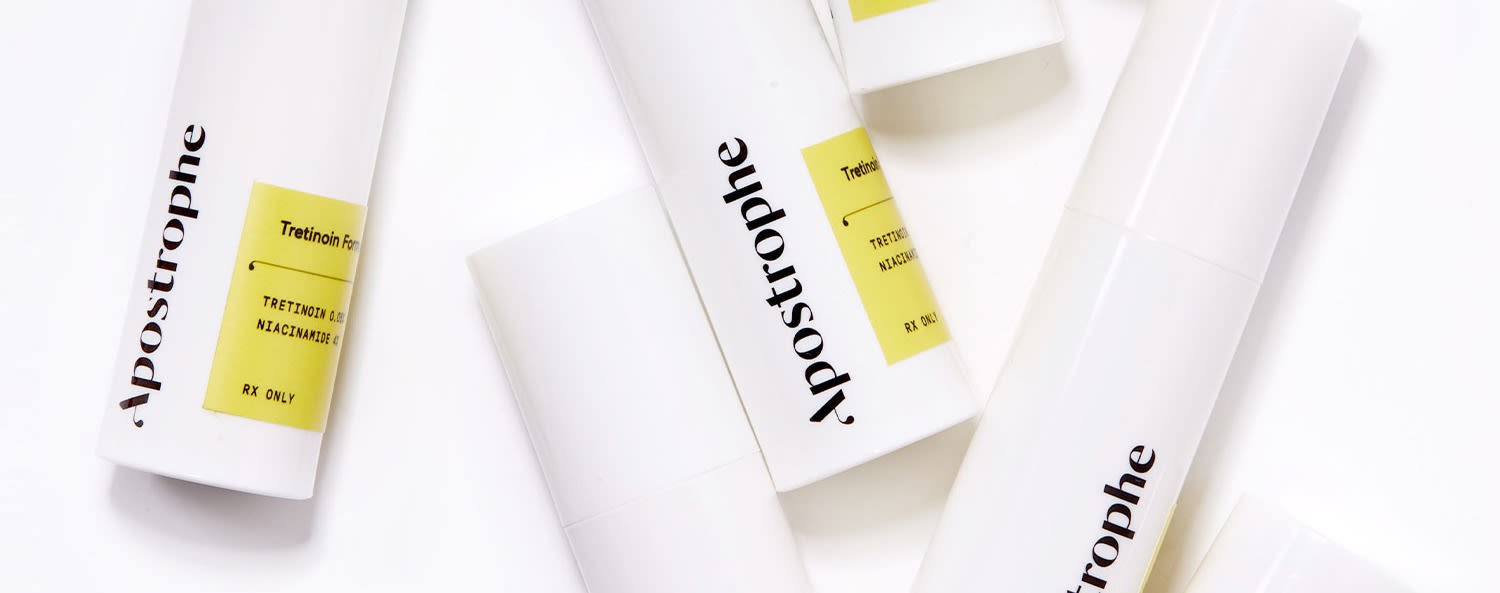

Finance
How Much Does Tretinoin Cost With Insurance?
Modified: December 30, 2023
Find out the cost of Tretinoin with insurance and manage your finances effectively. Explore the financial aspects of getting Tretinoin coverage for better budget planning.
(Many of the links in this article redirect to a specific reviewed product. Your purchase of these products through affiliate links helps to generate commission for LiveWell, at no extra cost. Learn more)
Table of Contents
Introduction
Welcome to our comprehensive guide on the cost of tretinoin with insurance. Tretinoin, also known by its brand names Retin-A and Renova, is a popular topical medication used to treat acne, reduce fine lines and wrinkles, and improve the overall texture and appearance of the skin. It is a form of vitamin A that works by increasing cell turnover and promoting collagen production.
While tretinoin is widely regarded as an effective treatment for various skin conditions, the cost of this medication can sometimes be a concern for patients. That’s where insurance comes into play. Health insurance can help reduce the financial burden of prescription medications, including tretinoin. In this article, we will explore the factors that affect tretinoin’s cost with insurance and provide you with valuable tips on how to minimize your out-of-pocket expenses.
Before we delve into the specifics, it’s important to understand that the cost of tretinoin with insurance varies depending on a variety of factors. These include your insurance provider, the specific plan you have, deductible requirements, co-pays, and whether or not tretinoin is covered under your plan. It’s essential to check with your insurer to understand exactly how your plan covers tretinoin and what costs you can expect.
Additionally, it’s worth mentioning that the information provided in this article is general in nature and may not apply to every individual or insurance plan. It’s always a good idea to consult your insurance provider or pharmacist for personalized information about your coverage and costs.
Understanding Tretinoin
Tretinoin is a prescription medication that belongs to a class of drugs called retinoids. It is derived from vitamin A and is primarily used topically to treat acne, but it also has other dermatological applications. Tretinoin works by speeding up cell turnover, preventing the plugging of hair follicles, and reducing inflammation, leading to clearer and smoother skin.
Aside from treating acne, tretinoin is also prescribed for the management of other skin conditions, including fine lines and wrinkles, hyperpigmentation, and rough skin texture. It is considered one of the most effective topical treatments for these concerns.
When using tretinoin, it’s important to follow the prescribed guidelines from your dermatologist or healthcare provider. Typically, it is applied to clean, dry skin in a thin layer once daily before bedtime. It’s important to avoid excessive sun exposure and to use sunscreen during the day, as tretinoin can make the skin more sensitive to sunlight.
While tretinoin is generally well-tolerated, it may cause some common side effects during the initial weeks of treatment. These can include dryness, redness, peeling, and irritation. These side effects usually subside as the skin adjusts to the medication. It’s important to discuss any concerns or persistent side effects with your healthcare provider.
Tretinoin is available in various strengths, ranging from 0.025% to 0.1%. The specific strength prescribed to you will depend on the severity of your skin condition and your individual needs. It is available in different formulations, such as creams, gels, and lotions, allowing for personalized treatment options.
Remember, tretinoin is a prescription medication, and it’s essential to consult with a qualified healthcare professional before starting or changing your tretinoin treatment. They can assess your skin condition, provide personalized advice, and determine the appropriate strength and formulation for your needs.
The Role of Insurance
Insurance plays a crucial role in healthcare by helping individuals manage the cost of medical treatments and prescription medications. When it comes to tretinoin, having insurance coverage can significantly reduce the financial burden of this medication.
Health insurance policies vary in terms of what they cover and how much they cover. Some insurance plans include prescription drug coverage, while others may have separate pharmacy benefits. It’s important to review your insurance policy or contact your insurance provider to determine if tretinoin is covered and what your out-of-pocket expenses might be.
If tretinoin is covered by your insurance, it typically falls under the category of a “tiered” medication. Many insurance plans have a tiered structure for prescription medications, dividing them into different tiers based on their cost and coverage. Tretinoin is often classified as a generic medication, which usually falls into a lower-tier category, resulting in lower co-pays or coinsurance.
It’s worth noting that not all insurance plans cover tretinoin, or they may require additional steps or documentation to obtain coverage. Prior authorization may be necessary, which involves your healthcare provider obtaining approval from your insurance company before they will cover the cost of the medication. This process ensures that the prescribed medication is medically necessary, and alternative treatments have been explored.
Some insurance plans may also require a deductible to be met before coverage for prescription medications, including tretinoin, kicks in. A deductible is the amount you need to pay out-of-pocket before your insurance coverage applies. It’s important to be aware of your plan’s deductible requirements and factor them into your budget when considering the cost of tretinoin.
Overall, having insurance coverage for tretinoin can significantly reduce the cost and make it more affordable for individuals seeking treatment. However, it’s important to understand your specific insurance policy, including coverage limits, co-pays, deductibles, and any other requirements or restrictions that may apply.
Factors Affecting Tretinoin Cost with Insurance
Several factors come into play when determining the cost of tretinoin with insurance. Understanding these factors can help you anticipate and manage your out-of-pocket expenses for this medication.
1. Insurance Plan: The type of insurance plan you have plays a significant role in determining the cost of tretinoin. Different plans have different levels of coverage and may categorize tretinoin under specific formulary tiers, which can affect your co-pay or coinsurance.
2. Coverage Level: Insurance plans may cover tretinoin at different levels, such as generic or brand-name coverage. Generic tretinoin tends to be less expensive, while brand-name formulations may have higher costs, even with insurance coverage.
3. Tier Placement: Tretinoin is often classified under different tiers in the formulary. Lower-tier medications typically have lower co-pays or coinsurance, making them more affordable. However, if tretinoin is placed in a higher tier, you may have higher out-of-pocket costs.
4. Deductibles: Some insurance plans require you to meet a deductible before prescription medication coverage applies. If you haven’t reached your deductible, you may be responsible for the full cost of tretinoin until the deductible is met.
5. Copayments and Coinsurance: Your insurance plan may require you to pay a fixed copayment or a percentage of the medication cost as coinsurance. The amount you pay can vary depending on your plan and formulary structure.
6. Network Pharmacies: Insurance plans often have preferred network pharmacies where you can fill your prescriptions at a lower cost. Using an out-of-network pharmacy may result in higher expenses, even with insurance coverage.
7. Prior Authorization: Some insurance plans require prior authorization for tretinoin, which involves obtaining approval from your insurer before the medication is covered. This process may involve additional paperwork and can delay receiving your prescription.
It’s crucial to review your insurance policy, consult with your insurance provider, and communicate with your healthcare provider to understand how these factors may impact the cost of tretinoin with insurance.
Average Cost of Tretinoin with Insurance
The average cost of tretinoin with insurance can vary significantly depending on factors such as your insurance plan, coverage level, and pharmacy location. While it’s difficult to provide an exact figure, we can offer a general estimate based on typical insurance coverage.
When tretinoin is covered by insurance, it is usually classified as a generic medication. Generic tretinoin tends to be more affordable compared to brand-name formulations. With insurance coverage, the average co-payment for generic tretinoin can range from $10 to $30. However, it’s important to note that these figures are approximate and can vary depending on your specific insurance plan.
It’s also worth considering that the price you pay for tretinoin may be influenced by your deductible. If you have not met your deductible for the year, you might be responsible for the full cost of the medication until the deductible is reached. Once the deductible is met, the insurance coverage will apply, and your out-of-pocket costs will decrease.
Additionally, it’s important to check if tretinoin is on your insurance plan’s formulary, which is a list of covered medications. If tretinoin is not on the formulary, your insurance may provide coverage through an exception or appeal process, or you may need to explore alternative medications that are covered.
Finally, the cost of tretinoin with insurance can also vary based on the pharmacy you visit. Insurance plans often have preferred network pharmacies where you can receive medications at a lower cost. Utilizing these network pharmacies can help keep your out-of-pocket expenses for tretinoin to a minimum.
It’s important to note that these estimates and factors can vary widely depending on your specific insurance plan, location, and other individual circumstances. To get the most accurate and up-to-date information about the cost of tretinoin with insurance, it’s recommended to consult with your insurance provider and/or pharmacist.
Tips for Reducing Tretinoin Cost with Insurance
If you’re concerned about the cost of tretinoin with insurance, there are several strategies you can use to help minimize your out-of-pocket expenses. Consider the following tips:
- Check your insurance coverage: Review your insurance policy or contact your insurance provider to understand your coverage for tretinoin. Determine if tretinoin is on the formulary and what your co-payment or coinsurance will be.
- Opt for generic tretinoin: If available, choose the generic version of tretinoin as it is typically more affordable compared to brand-name formulations. Generic medications often fall into lower-tier categories, resulting in lower co-pays or coinsurance.
- Compare pharmacy prices: Prices for medications can vary between different pharmacies, even with insurance coverage. Use price comparison tools or contact pharmacies directly to find the most cost-effective option in your area.
- Utilize preferred network pharmacies: Many insurance plans have preferred network pharmacies where you can obtain prescriptions at a lower cost. Using these preferred pharmacies can help you save on your tretinoin expenses.
- Explore manufacturer discounts or coupons: Some pharmaceutical manufacturers offer discounts or coupons for specific medications, including tretinoin. Check the manufacturer’s website or consult with your healthcare provider to see if any cost-saving options are available.
- Consider mail-order pharmacies: Some insurance plans offer mail-order pharmacy options, which can provide a convenient and cost-effective way to receive your tretinoin. Mail-order pharmacies may offer discounts or lower co-pays for extended supplies of medication.
- Ask about patient assistance programs: Certain organizations and drug manufacturers offer patient assistance programs that provide free or discounted medications to eligible individuals. Check if you qualify for any of these programs to help reduce your tretinoin costs.
- Talk to your healthcare provider: Openly discuss your concerns about the cost of tretinoin with your healthcare provider. They may be able to suggest alternative treatments or provide samples to help lower your expenses.
Remember, each insurance plan and individual situation is unique, so it’s important to explore these options and consult with your insurance provider, pharmacist, or healthcare provider to determine the best strategies for reducing your tretinoin costs with insurance.
Conclusion
Tretinoin is a valuable medication for treating acne, fine lines, wrinkles, and other skin conditions. While the cost of tretinoin can be a concern for many individuals, having insurance coverage can help alleviate some of the financial burden.
In this guide, we’ve explored the important factors that can affect the cost of tretinoin with insurance, including the type of insurance plan, coverage levels, deductibles, and formulary tiers. We’ve also discussed tips for reducing tretinoin costs, such as opting for generic versions, comparing pharmacy prices, utilizing preferred network pharmacies, and exploring cost-saving programs.
It’s crucial to review your insurance policy, consult with your insurance provider, and communicate with your healthcare provider to understand your specific coverage and minimize your out-of-pocket expenses. While we’ve provided general information, it’s important to remember that individual insurance plans may vary in terms of coverage and cost.
If you still have concerns about the cost of tretinoin, consider discussing alternative treatment options or potential discounts with your healthcare provider. They can provide guidance and potentially help you find solutions that fit your budget.
Ultimately, the cost of tretinoin with insurance can be managed with careful planning, understanding your coverage, and exploring cost-saving strategies. By being proactive and informed, you can ensure that your skin health is prioritized without breaking the bank.














